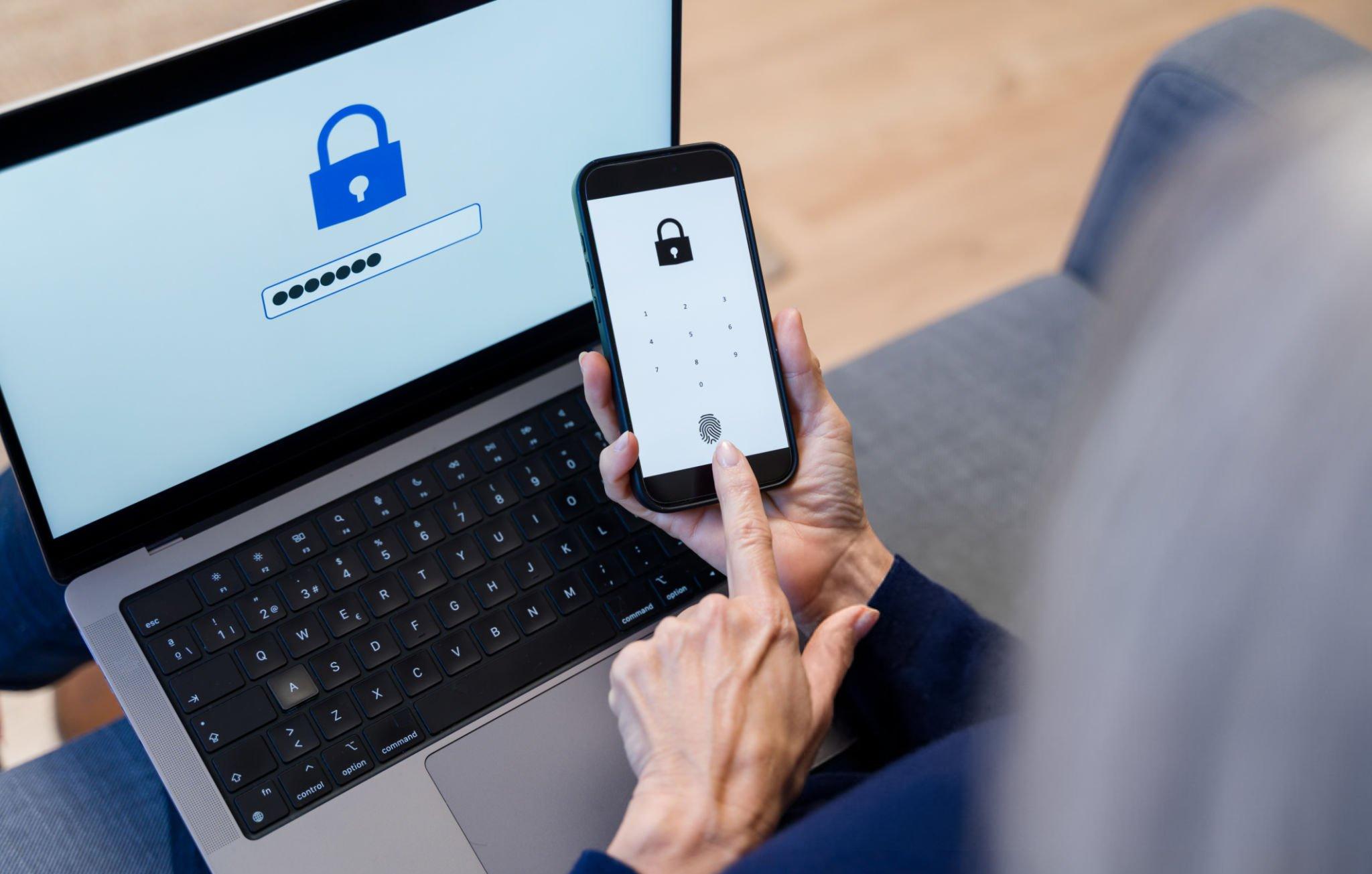Passwords are slowly fading out of the picture. With security threats getting more creative and users growing tired of juggling multiple passwords, businesses are starting to explore other ways to protect data. That’s where zero trust and passwordless authentication come into play. Instead of waiting for a breach to happen, zero trust security works by assuming nobody is trusted by default. Mix that mindset with passwordless login methods, and you’ve got a modern approach to keeping networks safe without making it harder for users to do their jobs.
Implementing zero trust with passwordless authentication can sound complicated, but it doesn’t have to be. The goal is to limit access based on strict verification, no matter who’s asking and from where. For example, even if an employee is already connected to the network, they still need to prove who they are to access certain files or tools. Skip the password prompt by using more secure options like biometric scans or security keys, and the process becomes both safer and faster.
What Is Zero Trust Security?
Zero trust is a security framework that wants proof always. It works under the idea that nobody gets automatic access, even employees already inside the network. Whether someone is trying to view files from inside the office or from a café down the street, they need to confirm their identity and meet specific access requirements every time.
The main ideas behind zero trust are:
– Never trust, always verify: Every request to access something must be authenticated, no matter where it’s coming from
– Least privilege access: Users only get access to what they need, nothing more
– Continuous monitoring: The system keeps an eye out for unusual behavior or risky activity in real time
– Strong identity protection: Every user and device must be verified through trusted methods
– Context-aware access: Where the user is, what device they’re using, and the type of request matter when deciding if access should be granted
Even if it sounds strict, these principles help keep networks from being exposed in case someone’s credentials are stolen or a device gets lost. It’s like locking every door separately in a big house, not just the front entrance.
The Shift To Passwordless Authentication
Passwords have been around forever, but they’re no longer cutting it. People forget them, reuse them, or choose simple ones that are easy to hack. On top of that, cyberattacks often target password databases to get inside systems faster. That’s why moving away from passwords isn’t just a tech trend, it’s a smart security upgrade.
Passwordless authentication skips the usual login process and replaces it with more secure options like:
– Fingerprint or face scans
– Hardware security keys
– One-time codes sent to a trusted device
– Mobile push approvals
Each of these methods lowers the risk caused by weak or stolen passwords. They also make the login process smoother for users. No more resetting forgotten credentials or wasting time with login troubles. Picture someone logging into their work account by tapping a confirmation on their phone or using their fingerprint, no typing, no guessing, just direct and secure access.
By removing passwords from the security workflow, you’re also removing a common entry point for attackers. This opens the door to building a tighter, smarter security system when paired with zero trust practices.
Implementing Zero Trust With Passwordless Authentication
To integrate zero trust with passwordless authentication, an organization needs to take a few careful steps. This process might sound like a big project, but breaking it down can make it more manageable.
First, assess your current security infrastructure. It’s important to understand where your network stands and what gaps need filling. Look at what tools you’re using, which systems are in place, and where your vulnerabilities lie.
Next, choose the right passwordless authentication solutions. There are various options, including biometric scans like fingerprints, face recognition, or using security keys and mobile approvals. Think about what will work best for your company’s specific needs and what will be easy for users to adopt.
Training employees and stakeholders is an important step. Everyone should know what changes to expect, why they’re essential, and how the new systems work. This reduces resistance and encourages a smoother transition. Keep communication clear and supportive, offering resources and help whenever needed.
Finally, implement and continually monitor the system. Integration doesn’t mean you can set it and forget it. Keep an eye on how well the system performs, adjust settings, and stay ready to address new security threats as they pop up.
Advantages Of Combining Zero Trust And Passwordless Authentication
Pairing zero trust with passwordless methods provides a security boost in several ways:
– Enhanced security: Multi-factor authentication and always-on verification make unauthorized access harder. Keeping users and data safe becomes more straightforward with these smart tools in place
– Reduced phishing risk: By taking passwords out of the equation, there’s less chance of falling for phishing scams, where attackers steal credentials
– Better user experience: Without the need to remember complex passwords, logging in becomes faster and easier. Users can focus more on their work and less on password problems
Consider a setup where an employee confirms their identity with a fingerprint scan and a mobile notification. They don’t have to type a single password, making their access quick and hassle-free. At the same time, your network remains tightly secured against unauthorized access.
Strengthen Your Security Strategy With Portnox
Switching to a zero trust model with passwordless authentication can transform how you safeguard your network and data. Removing passwords might seem odd at first, especially when they’ve been the norm for so long. However, the benefits, better security, streamlined access, and reduced risks, are hard to ignore.
Getting everyone on board, from IT teams to everyday users, is key to making this shift work. Take the time to explain the advantages, demonstrate using the tools, and offer a hand during the transition. This approach helps build a robust security culture that everyone can support.
As you weigh the pros and cons and plan your strategy, think about how these changes will shape your organization’s future. Adopting zero trust and passwordless solutions means being ready not only for today’s challenges but also for tomorrow’s security landscape.
Ready to enhance your organization’s security framework with zero trust and passwordless solutions? Discover how Portnox can elevate your network authentication strategy to protect sensitive data and streamline user access. By integrating advanced authentication methods and embracing a zero trust approach, Portnox offers a seamless transition into a more secure, efficient future. Take the next step towards fortified security and improved user experience today.
Try Portnox Cloud for Free Today
Gain access to all of Portnox's powerful zero trust access control free capabilities for 30 days!




